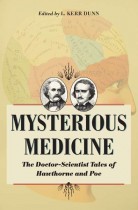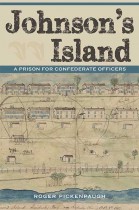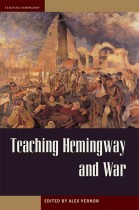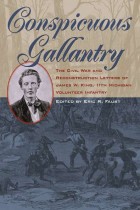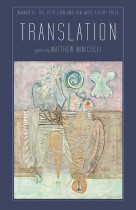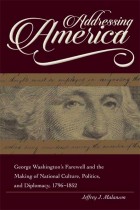Seven Boxes for the Country After
Janet McAdams | Filed under: Poetry, Wick Chapbook
“Seven Boxes for the Country After is a book about a way-making and way-finding. It is a journey, both internal and external, across a map, over borders, through a life, and in a body. It is passage and pilgrimage, odyssey and exile. Above all it is a book of questions. What do we carry with us and what do we leave behind? Where do we keep the past and what do we keep it in? How do we measure a person, a country, a love, a loss? What do we remember? What can’t we forget? What do we declare and what do we declare it with: our words and mouths? our bodies and hands? in blue ink or black? If as Eudora Welty wrote, ‘The memory is a living thing—it too is in transit,’ then McAdams is an honest and faithful courier. The poems serve as storage boxes into which a memory is placed, then wrapped and bound. In poem after poem McAdams guides us to our most intimate spaces, the candy tin nestled between the handkerchiefs in a dresser’s top drawer, the cigar box packed in the trunk and stored in the attic, and she allows us to open and sit with our deepest selves.”
—Catherine Wing

